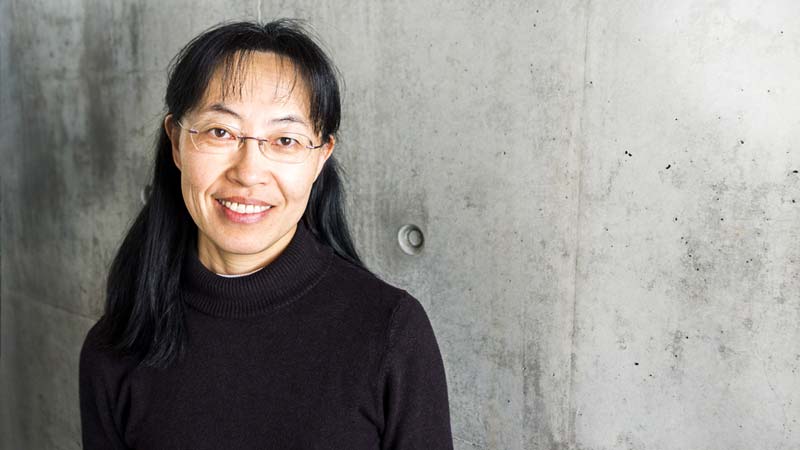Events
Kaomei Guan: Translating human induced pluripotent stem cells from bench to bedside
4:00 pm
Virtual Room | (check description for details)
DIPP Students
DIPP Vision Talk
In 2006, Shinya Yamanaka succeeded in identifying four genes capable of reprogramming mature cells to a pluripotent state. He named these cells induced pluripotent stem (iPS) cells. Because of this breakthrough discovery, he won the 2012 Nobel Prize in Physiology or Medicine. Human iPS cells have the potential to generate all types of cells in the body and therefore provide us human-derived biomaterial for disease modelling, cell replacement therapy, and drug development. To date, human iPS cell technology has been proven to be very powerful in revealing novel pathological mechanisms of many diseases. In association with organoids, organs-on-chips, gene/base editing, and “omics” methodologies, human iPS cell-based technology has presented an unprecedented opportunity in biomedical research, personalized regenerative medicine, drug discovery, and safety pharmacology. Additionally, there are many ongoing and emerging clinical trials with iPS cell-derived cell products. However, there are also many technical challenges in translating these findings into a clinical setting. In this vision talk, I will summarize the progress made in the past decade with case examples and present the current major challenges that need to be addressed to unleash the full potential of iPS cells in clinical settings.
Held as online seminar via Zoom:
Date: 14 July 2020
Time: 16:00
Zoom Meeting ID: 650 910 3883
Zoom Meeting password: 01bc@yep
